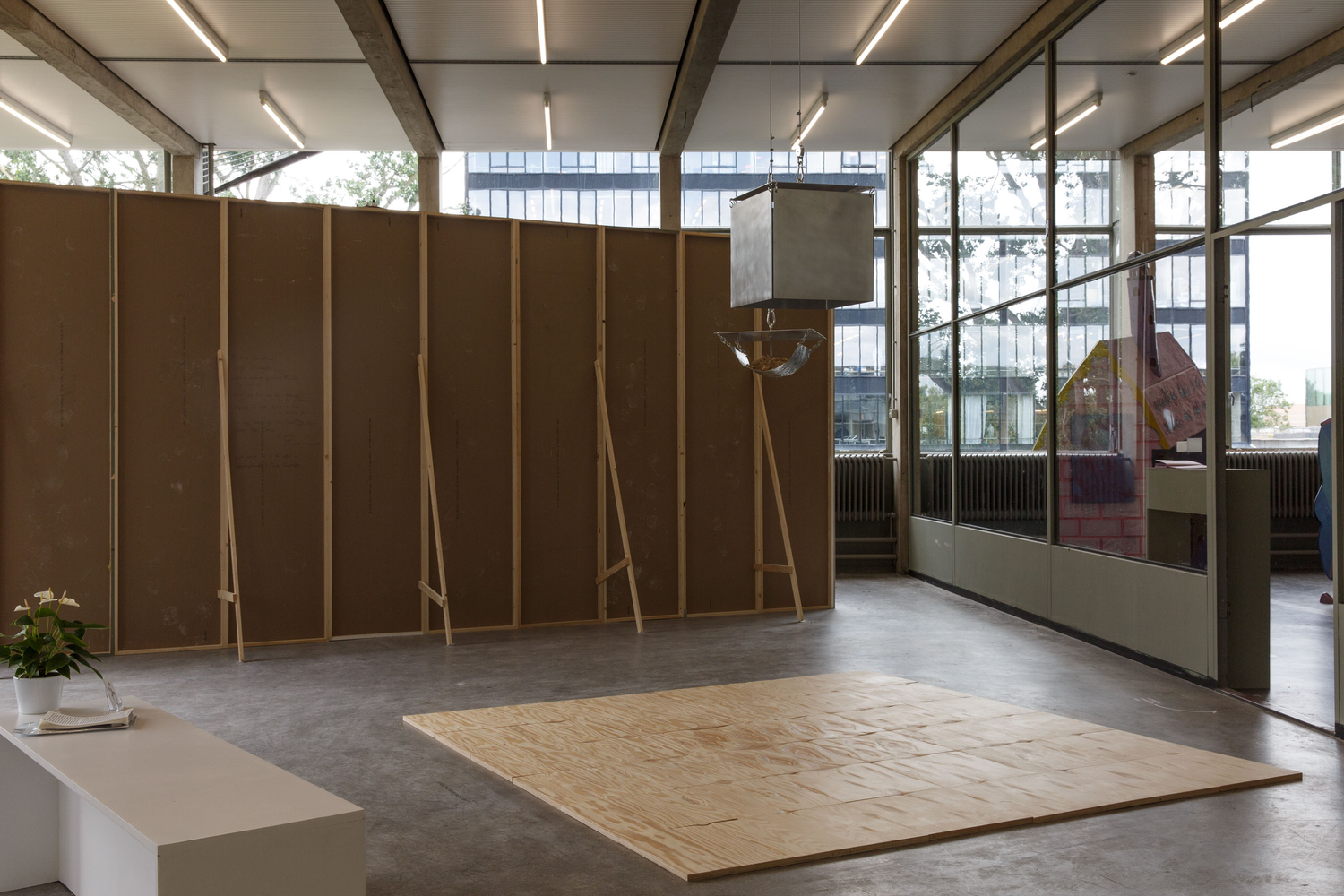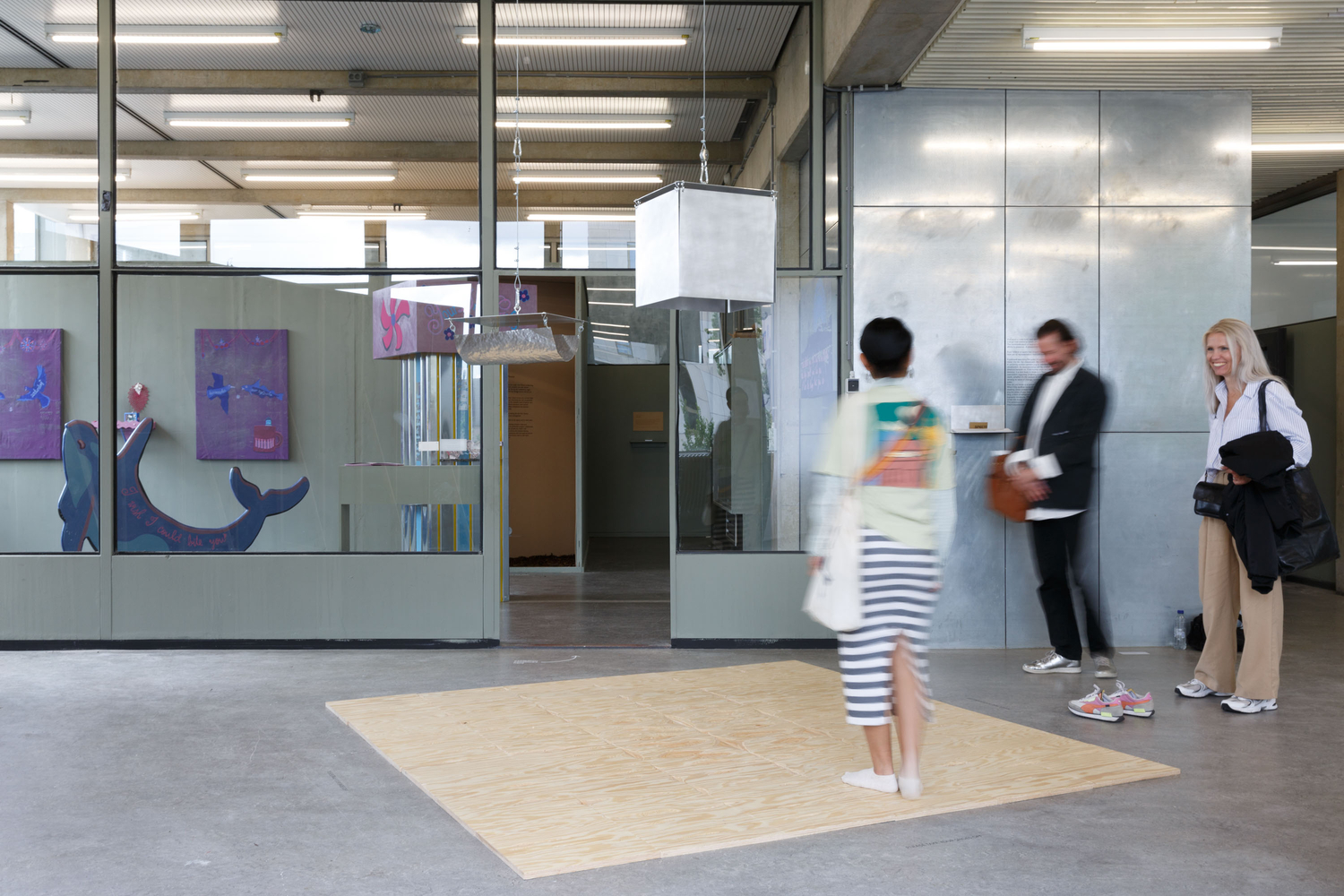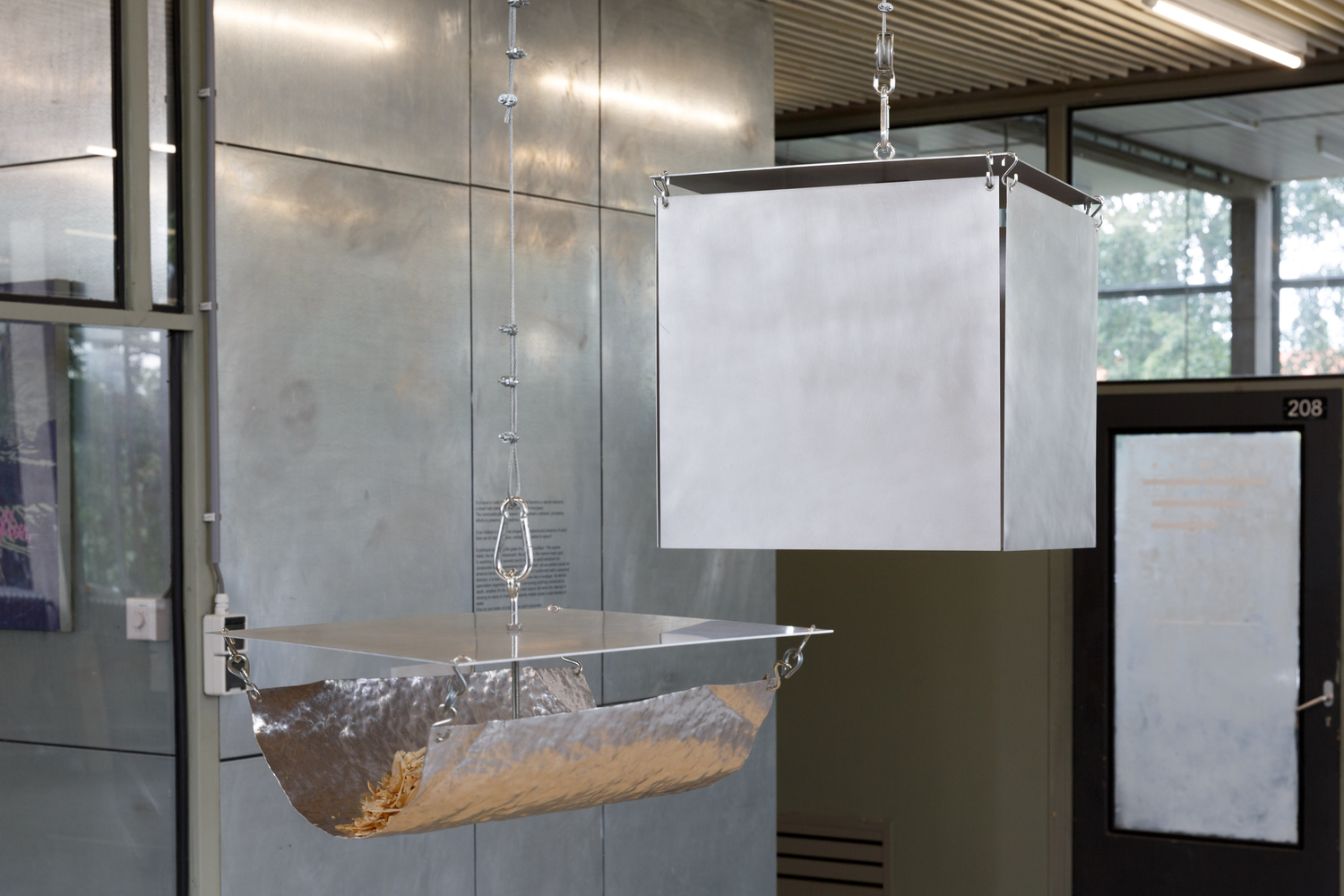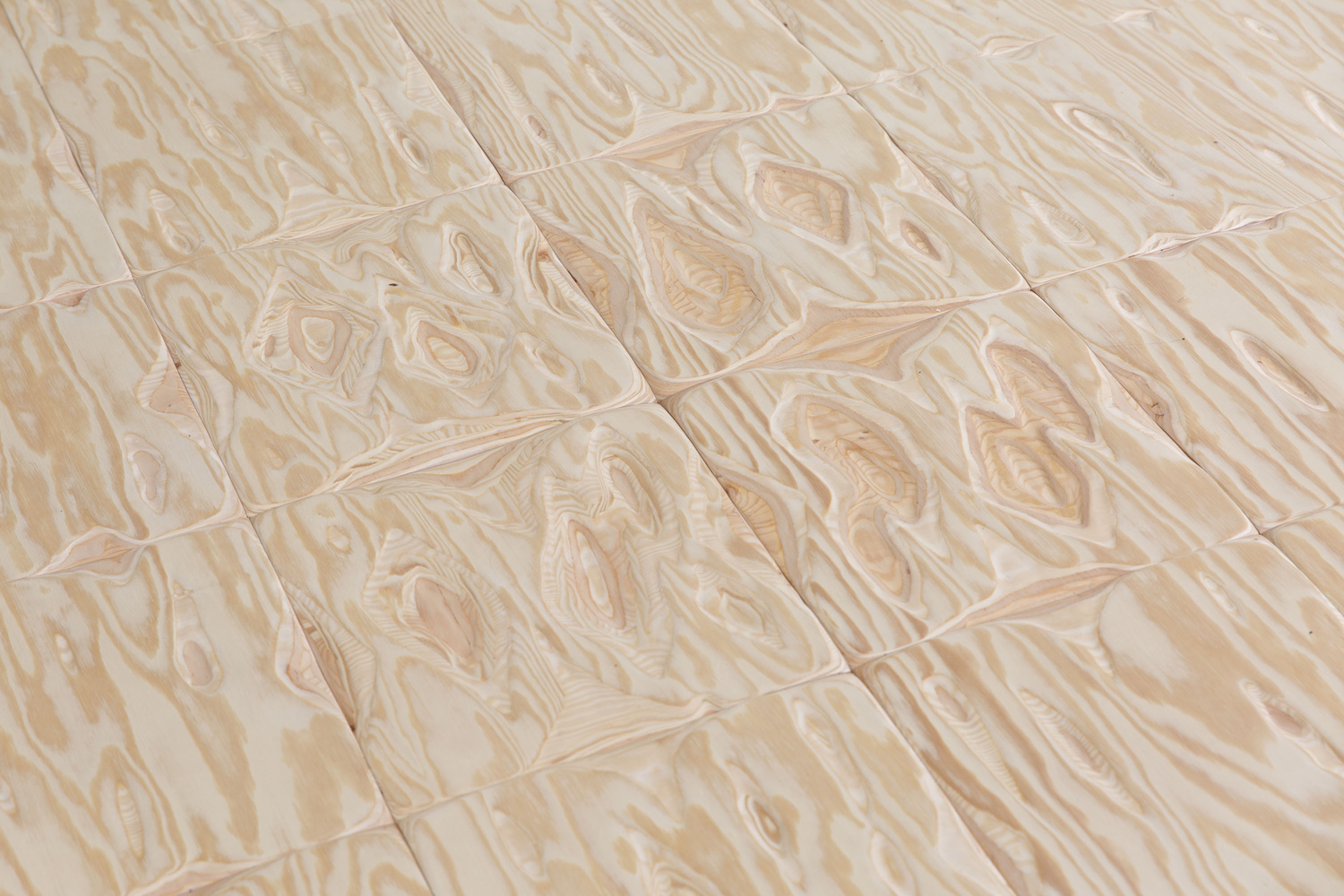
Carlyn Eden
she/her
French/German, 2000
Instagram: @carlyn.eden
Thesis: Sanded
In a liquid or solid form, ever since sand became a natural resource, a
small hole started to slowly grow in the hourglass.
The commodification of seabed sand sparked a demand, prompting
efforts to preserve - A paradoxical cycle.
If our relation to space has shaped the presence and absence of sand,
how can its representation, reshape our relation to space?
A portrayal assuming the guise of a gridded surface : The square meter,
the tile, the chessboard, the sandbox, the marine map's grid. A vanishing
seabed persists due to relentless sand extraction for construction. Its
disappearance can be charted, yet we seldom sense its absence
beneath us. If the human brain isn't confronted with a sensorial stimulus,
it is less likely to relate to it.
There lies a mystique, an eternal speculation regarding inhabiting or
perceiving anything connected to depth, whether it's the seabed or outer
space, let alone the attempt of sensing its wave of change, constantly
hidden under a vast blanket of water.
How do you relate to a space you don’t encounter.
What if the seafloor became the intimate space, the wooden floor of
your dwelling. Daily contact makes its texture and creases familiar,
acquainting the soles of your feet.
The uneven surface materializes through sanding, a form of extraction.
A layered surface appears, reminiscent of cartographic renditions. The
plywood's veins, emerge like sand ripples.
Under the diving bell, you can listen to the seafloor's irregularities. The
sonorous echo of a boat's sonar, the infinite loop of a bathymetric map's
soundscape.


